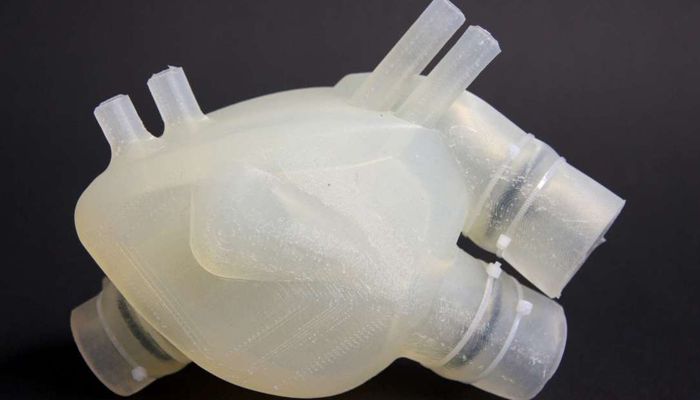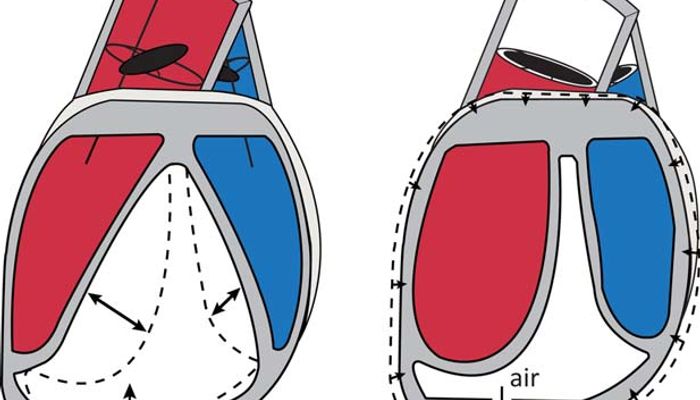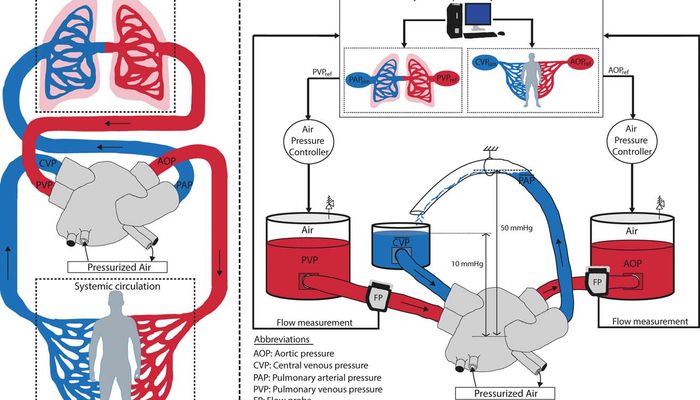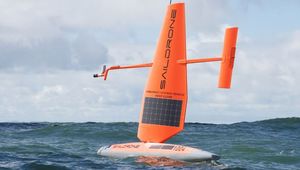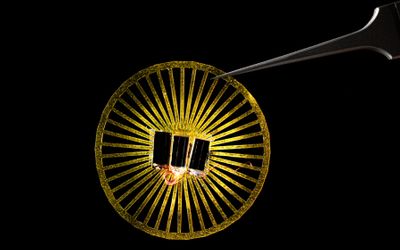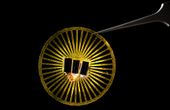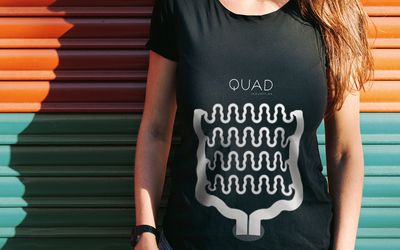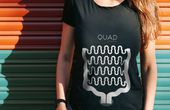Soft artificial heart
A completely soft pneumatically driven total artificial heart from silicone elastomers. The goal of the entirely soft artificial heart is to mimic its natural model as closely as possible. Currently, used blood pumps have many disadvantages: their mechanical parts are susceptible to complications while the patient lacks a physiological pulse, which is assumed to have some consequences for the patient. The developed heart beats almost like a human heart.
Technical Specifications
| Mass | 390 |
| Size | 1.25 |
| Volumetric size | |
| sTAH | 679 |
| LV, left ventricle | 144 |
| RV, right ventricle | 83 |
| EC, expansion chamber | 70 |
| sTAH minus chambers (silicone only) | 382 |
| Main body | 592 |
| Main body minus chambers (silicone only) | 294 |
| Blood flow | 2.2 |
| Design procedure | |
| Manufacturing technique | |
| Costs | 400 |
Overview
The goal of the entirely soft artificial heart is to mimic its natural model as closely as possible. Currently, used blood pumps have many disadvantages: their mechanical parts are susceptible to complications while the patient lacks a physiological pulse, which is assumed to have some consequences for the patient. The developed heart beats almost like a human heart.
The soft artificial heart is created from silicone using a 3D-printing, lost-wax casting technique; it weighs 390 grams and has a volume of 679 cm3. It is a silicone monoblock with a complex inner structure. This artificial heart has a right and a left ventricle, just like a real human heart, though they are not separated by a septum but by an additional chamber. This chamber is in- and deflated by pressurized air and is required to pump fluid from the blood chambers, thus replacing the muscle contraction of the human heart.
References
Explain in detail the design and production process of the soft total artificial heart (sTAH). Then, the evaluation process of the sTAH on a hybrid mock circulation (HMC) is described. Third, the resulting performance of the TAH during pre- and afterload experiments is presented. Finally, the overal
